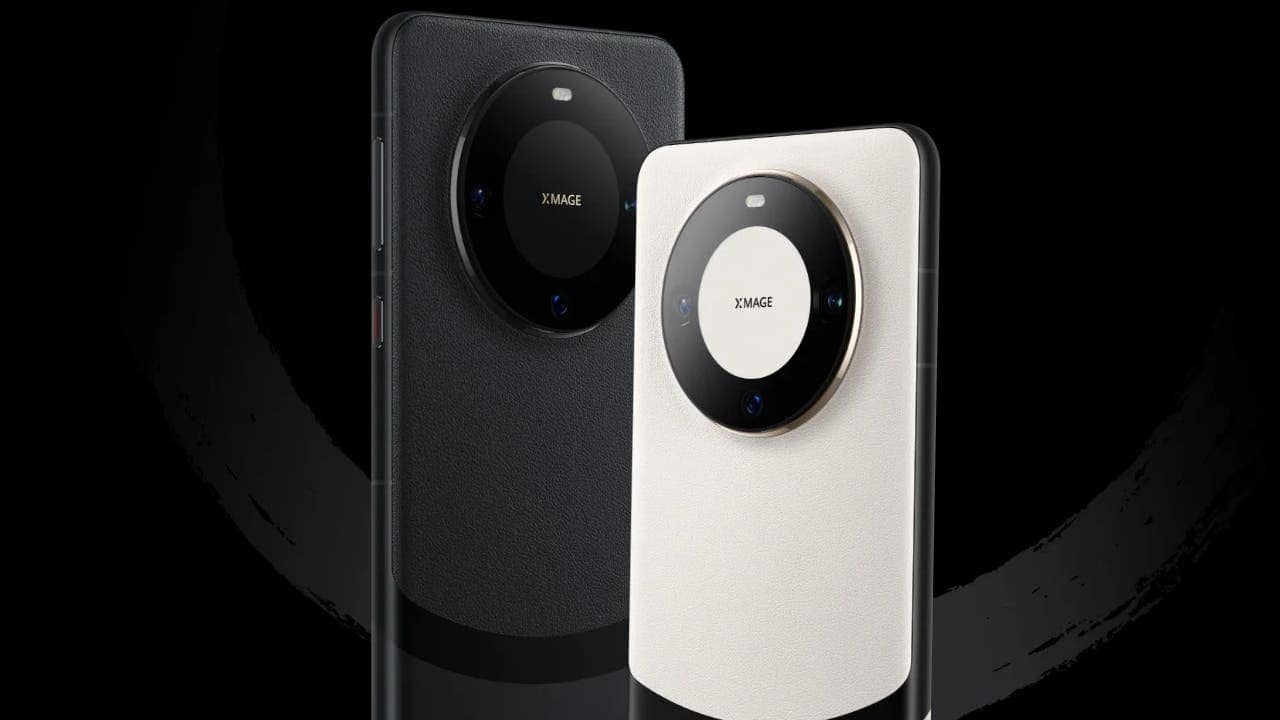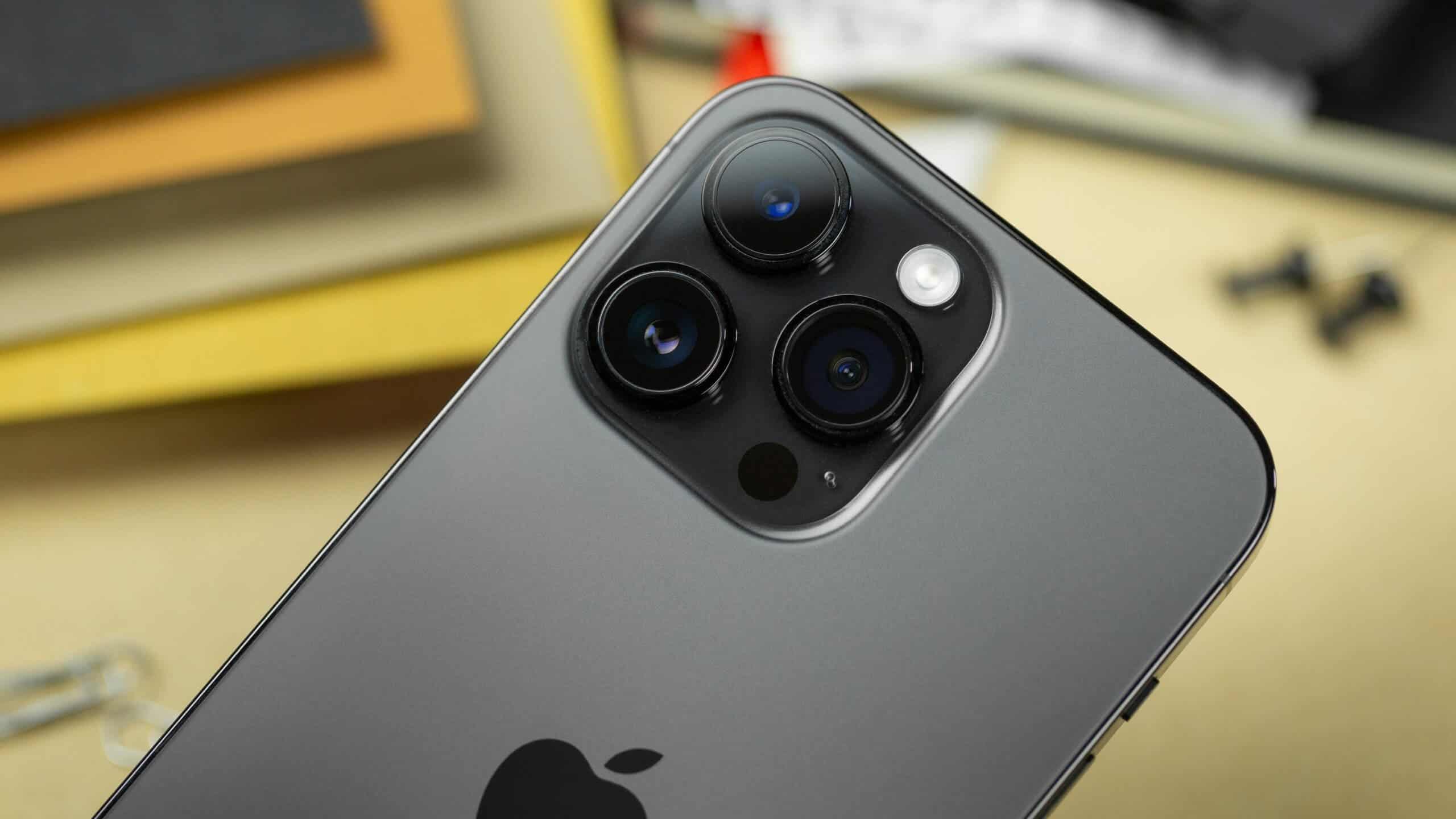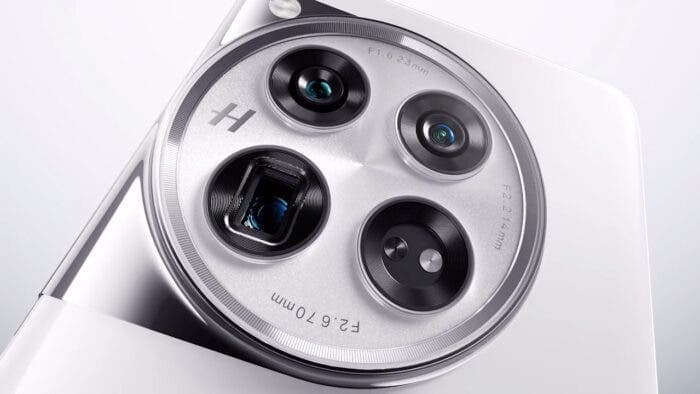The ubiquitous presence of high-quality cameras in our pockets is a reality many of us take for granted. But the journey of smartphone cameras, from grainy, low-resolution affairs to the multifaceted powerhouses they are today, has been remarkable. This article delves into this fascinating evolution, exploring how these tiny technological marvels have transformed the way we capture and share our world.
From Pixelated Memories to Pocket Powerhouses: The Evolution of Smartphone Cameras

Humble Beginnings: The Pixelated Pioneers (Early 2000s)
The story starts in the early 2000s, a nascent era for mobile phones. The first camera phones, like the Sharp J-SH05 in 2000, boasted a minuscule 0.1-megapixel camera. These cameras were basic, offering little more than a novelty feature. Images were grainy and lacked detail, but they ignited a spark. Soon, brands like Nokia and Sony Ericsson took the lead, pushing megapixel counts and introducing autofocus.
The Megapixel Race and the Rise of Sharing (Mid 2000s)
As the decade progressed, the focus shifted to megapixels. Phones like the Nokia N90 (2005) with its 2-megapixel camera and the Sony Ericsson K800i (2006) with its 3.2-megapixel sensor became the new status symbols. This period also saw the birth of social media platforms like Facebook and MySpace, creating a breeding ground for photo sharing. The ability to capture and share moments instantly fuelled a new kind of social connection.
Smarter Phones, Smarter Cameras (Late 2000s)
The late 2000s ushered in the era of the smartphone. The Apple iPhone (2007) redefined the user experience with its touchscreen interface. While its camera was a modest 2 megapixels, it offered ease of use and integration with core functionalities like email and web browsing. This convenience factor, coupled with the rise of app stores offering photo editing tools, democratized photography. Everyone, not just professional photographers, could now edit and share their photos with the world.
The Megapixel Plateau and the Feature Frenzy (2010s)
The 2010s witnessed a plateau in the megapixel race. Manufacturers began focusing on improving image quality through better sensors, larger lenses, and advanced image processing software. Features like HDR (High Dynamic Range) for capturing details in highlights and shadows, and panorama mode for capturing expansive landscapes, became commonplace. The selfie revolution took root with the introduction of front-facing cameras, further fueled by apps like Instagram.
The Multi-Lens Era and the Computational Photography Revolution (2010s-Present)
The latter half of the 2010s saw the rise of the multi-lens camera system. Phones like the Huawei P9 (2016) with its dual-lens Leica camera ushered in a new era. Now, smartphones boasted wide-angle lenses for capturing more in a single frame, telephoto lenses for zooming in without losing quality, and dedicated depth sensors for creating bokeh effects (blurred backgrounds). Artificial intelligence (AI) became a game-changer. AI-powered features like scene recognition, object detection, and automatic white balance optimization ensured users captured stunning photos effortlessly.

The Future: A Glimpse Beyond
Today, smartphone camera technology continues to break new ground. High-resolution sensors exceeding 100 megapixels, 8K video recording capabilities, and sophisticated AI-powered editing suites are just some of the cutting-edge features available. Under-display cameras and foldable phone designs hint at a future where form and function seamlessly integrate.
The Impact: A World Reshaped by Pocket Cameras
The evolution of smartphone cameras has had a profound impact on society. It has democratized photography, making it accessible to everyone. Sharing experiences through photos on social media platforms has fostered a more connected global community. Mobile photography has fueled the rise of citizen journalism, allowing individuals to document events and share them with the world. Businesses leverage the power of smartphone cameras for marketing and advertising, while educators use them as visual aids and storytelling tools.
The journey from pixelated beginnings to pocket powerhouses is a testament to innovation. Smartphone cameras are no longer just tools for capturing moments; they are powerful instruments for creativity, connection, and social change. As technology continues to evolve, the possibilities for what we can achieve with these tiny cameras seem limitless. The future of smartphone photography is bright, promising even more remarkable ways to capture and share the world around us.
The Future Unfolds: What Lies Ahead for Smartphone Cameras
The future of smartphone cameras is brimming with exciting possibilities. Under-display camera technology promises bezel-less designs, while foldable phones hint at innovative form factors. Advancements in computational photography, with AI playing an even greater role, will likely push the boundaries of image quality and creative potential. We can expect features like real-time object recognition and augmented reality integration to further blur the lines between the physical and digital worlds.
A Legacy of Connection and Creativity
The evolution of smartphone cameras is a story not just about technology but about human connection and creative expression. These pocket-sized powerhouses have transformed how we document our lives, share our experiences, and engage with the world around us. As technology continues to evolve, the possibilities for what we can achieve with these tiny cameras seem limitless. The future of smartphone photography is not just about capturing moments, but about shaping narratives, fostering connections, and creating a more visually vibrant world.





